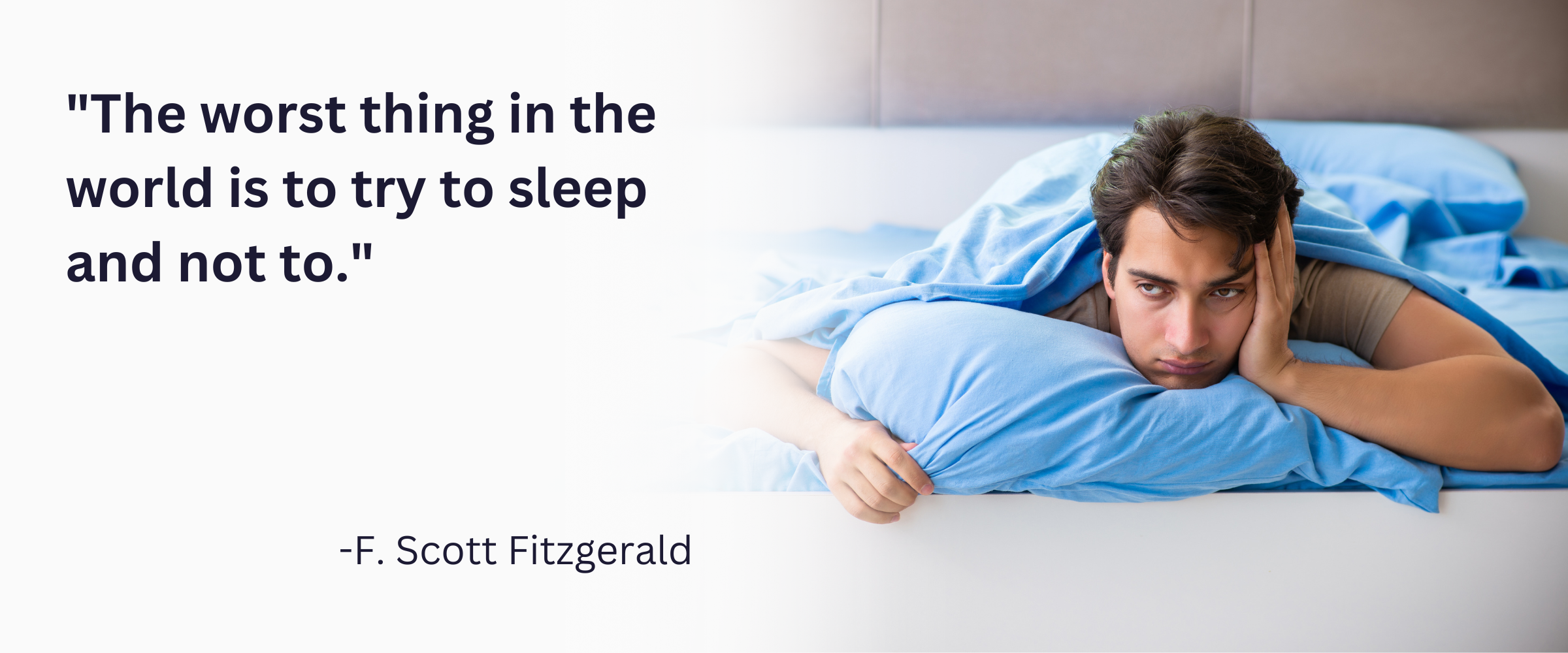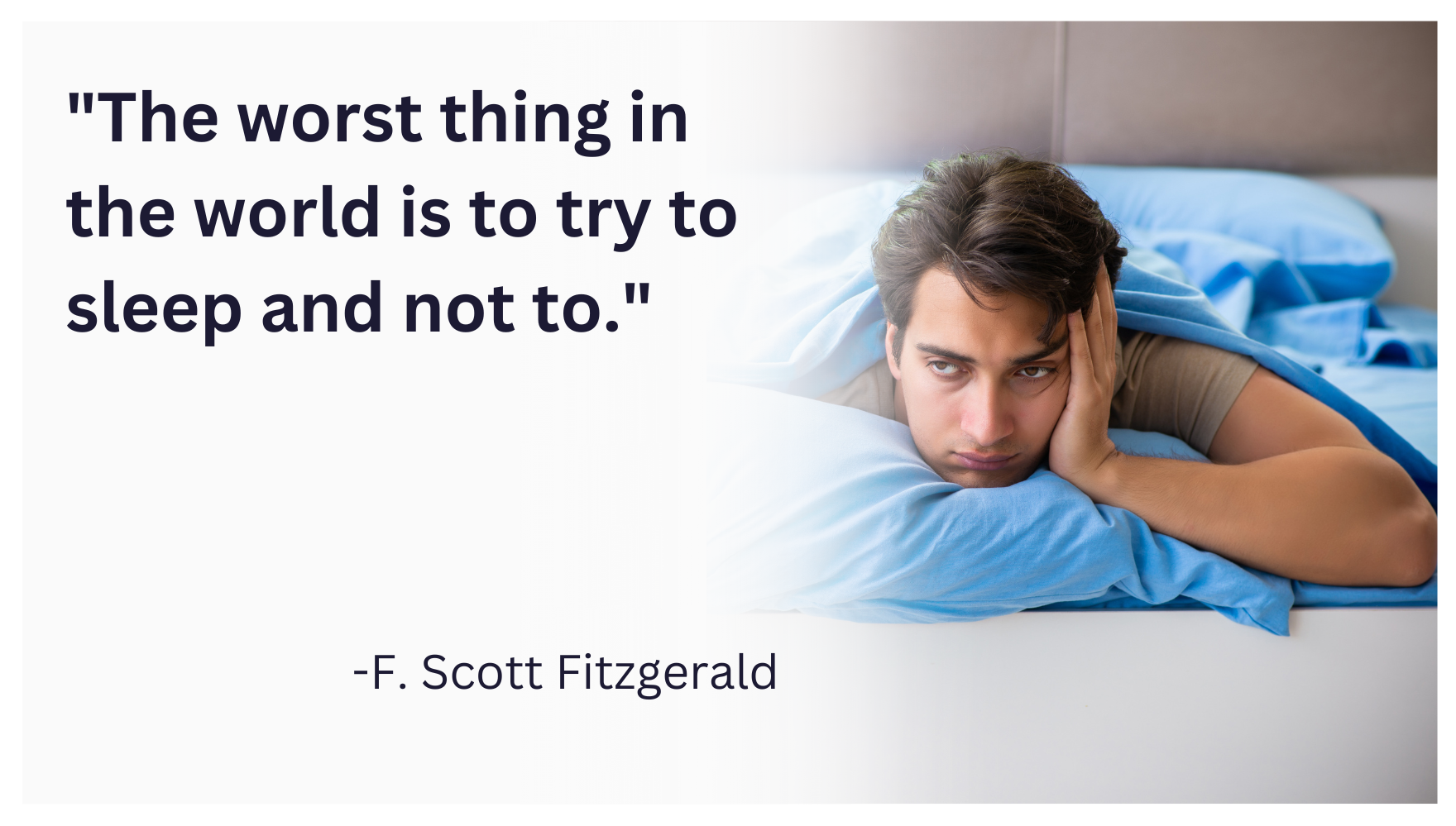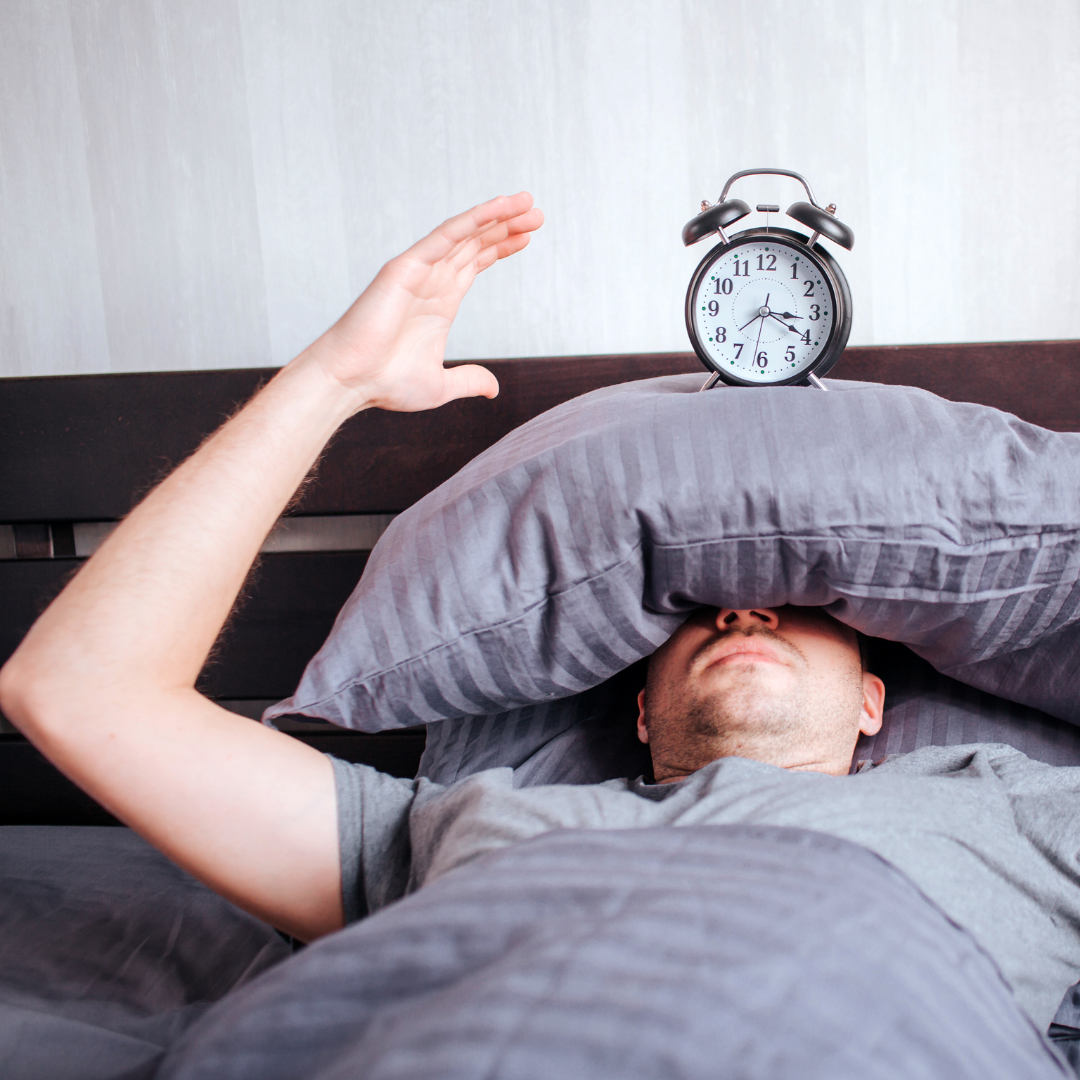It’s about SLEEP. It’s about QUALITY. It’s about YOU.
5 Common Sleep Disorders:
Causes, Symptoms, and Treatments
5 Common Sleep Disorders:
Causes, Symptoms, and Treatments


Sleep disorders are prevalent in the United States, affecting millions of people and significantly impacting their quality of life and overall health according to press.
Understanding the common types of sleep disorders, their causes, symptoms, and available treatments can help individuals achieve better sleep and improve their health.

How Common Are Sleep Disorders?
Sleep disorders are widespread, with more than 50 million Americans experiencing some form of sleep disorder. These conditions affect people of all ages and can lead to serious health problems if not addressed.
Older adults are particularly susceptible due to changes in circadian rhythms and other health conditions that affect sleep quality.
Symptoms of Sleep Disorders
-
Difficulty falling or staying asleep.
-
Excessive daytime sleepiness and fatigue.
-
Behavioral changes such as irritability and difficulty concentrating.
-
Physical symptoms like snoring, gasping, or periodic limb movements during sleep
-
Sleep paralysis and REM sleep behavior disorder (RBD), which involves acting out dreams during REM sleep, are also common symptoms of sleep disorders
Causes of Sleep Disorders
-
Medical conditions such as heart disease, Parkinson’s disease, and other chronic illnesses.
-
Mental health issues like depression, anxiety, and other mood disorders.
-
Lifestyle factors including irregular sleep schedules, night shifts, and substance use.
-
Environmental factors such as noise, light, and temperature can also impact sleep quality.

1. Insomnia
Description and Symptoms
Insomnia is the most common sleep disorder, characterized by difficulty falling asleep, staying asleep, or waking up too early. Symptoms include daytime fatigue, irritability, and difficulty concentrating. Chronic insomnia can lead to significant sleep deprivation and health problems.
Common Causes
-
Stress and anxiety.
-
Medical conditions such as chronic pain or hormonal changes.

2. Obstructive Sleep Apnea (OSA)
Description and Symptoms
OSA is a serious condition where the airway becomes blocked during sleep, causing pauses in breathing. Symptoms include loud snoring, gasping for air during sleep, and excessive daytime sleepiness. Central sleep apnea, a less common form, involves irregular breathing patterns due to brain signal issues.
Common Causes
-
Obesity.
-
Anatomical factors such as a large neck or narrow airway.
-
Family history of sleep apnea.

3. Restless Legs Syndrome (RLS)
Description and Symptoms
RLS causes an uncontrollable urge to move the legs, often accompanied by uncomfortable sensations. Symptoms typically worsen in the evening or at night, leading to difficulty falling asleep and staying asleep. Periodic limb movement disorder, often associated with RLS, causes repetitive leg movements during sleep.
Common Causes
-
Iron deficiency.
-
Kidney failure.

4. Narcolepsy
Description and Symptoms
Narcolepsy is a neurological disorder that affects the brain's ability to control sleep-wake cycles. Symptoms include excessive daytime sleepiness, sleep attacks, and sudden loss of muscle control (cataplexy). It can significantly impact daily functioning and quality of life.
Common Causes
-
Genetic factors.
-
Autoimmune disorders.
-
Brain injuries.

5. Circadian Rhythm Sleep-Wake Disorders
Description and Symptoms
These disorders occur when there is a misalignment between the internal body clock and the external environment. Types include delayed sleep phase syndrome, advanced sleep phase syndrome, and shift work disorder. These conditions often result in sleep disturbances and inadequate restful sleep.
Common Causes
-
Irregular sleep schedules.
-
Shift work.
-
Jet lag
Getting Diagnosed: What to Expect from Sleep Disorder Tests
-
A comprehensive physical exam and review of symptoms.
-
Keeping a sleep diary to track sleep patterns and behaviors.
-
Polysomnography to monitor brain activity, heart rate, and breathing during sleep.
-
Home sleep apnea testing for diagnosing sleep-disordered breathing.
-
Blood tests to identify underlying medical conditions.
-
Imaging studies to rule out other health problems.
-
According to the International Classification of Sleep Disorders, a detailed medical history and clinical evaluation are essential for an accurate diagnosis.
How to Manage and Treat Your Sleep Disorder
Lifestyle Changes
-
Establishing a regular sleep schedule.
-
Improving sleep hygiene by creating a comfortable sleep environment and avoiding stimulants before bedtime.
-
Ensuring an adequate amount of sleep by maintaining consistent sleep and wake times even on weekends.

Medications
-
Prescription medications for insomnia, RLS, and narcolepsy.
-
Use of melatonin supplements for circadian rhythm disorders.
-
Medications targeting non-REM and REM sleep behaviors can also be prescribed to improve sleep quality.
Medical Devices
-
Continuous Positive Airway Pressure (CPAP) machines for treating sleep apnea.
-
Oral appliances to keep the airway open.

Cognitive Behavioral Therapy (CBT)
-
CBT for insomnia and other sleep disorders to change negative thoughts and behaviors related to sleep.
Surgical Options
-
Procedures to remove obstructions in the airway for OSA.
-
Neurological surgeries for severe cases of sleep disorders.
Prevention and Self-Care
-
Maintaining a regular sleep schedule and healthy sleep environment.
-
Managing stress through relaxation techniques and exercise.
-
Avoiding caffeine and alcohol close to bedtime.
-
Monitoring environmental factors such as noise and light to improve sleep quality.
-
Ensuring enough quality sleep to prevent excessive sleepiness and related health issues.
Sleep disorders are common and can significantly impact an individual's quality of life. By understanding the causes, symptoms, and treatments of the most common sleep disorders, individuals can take steps to improve their sleep and overall health.
If you suspect you have a sleep disorder, consult a healthcare provider for a proper diagnosis and treatment plan.
Get exclusive hacks, news, and deals straight to your inbox every Monday!
✨ Bonus: You'll also get a downloadable copy of "Why We Sleep" by Matthew Walker – for FREE!

